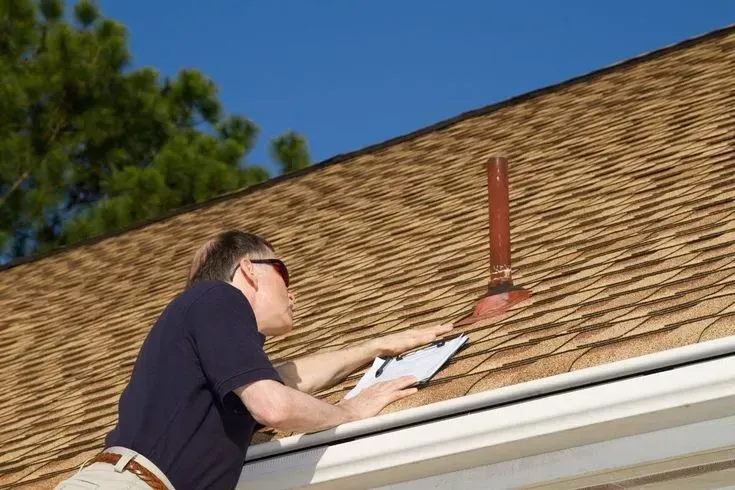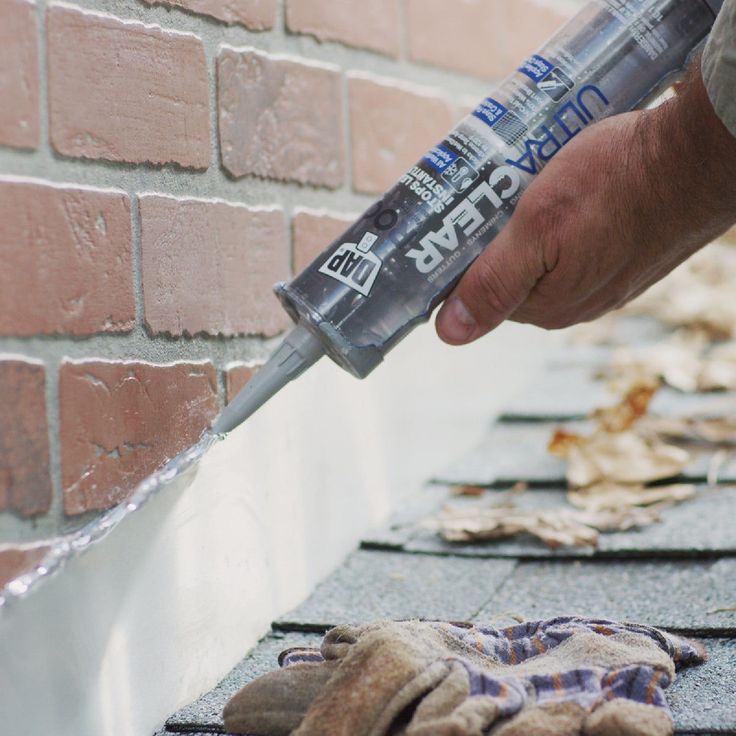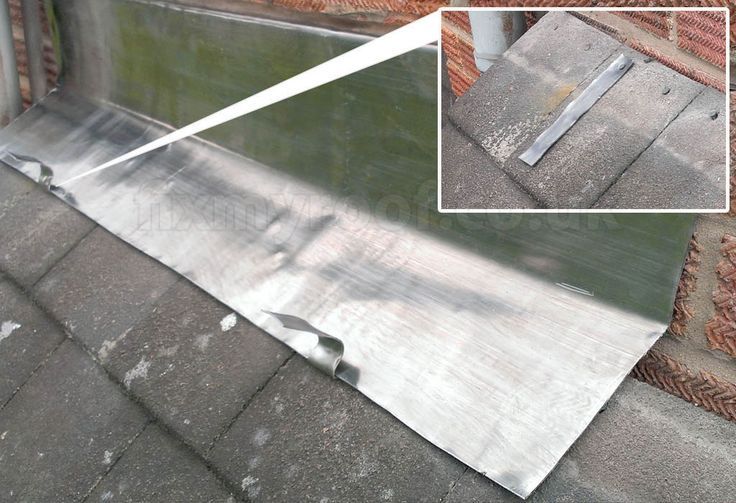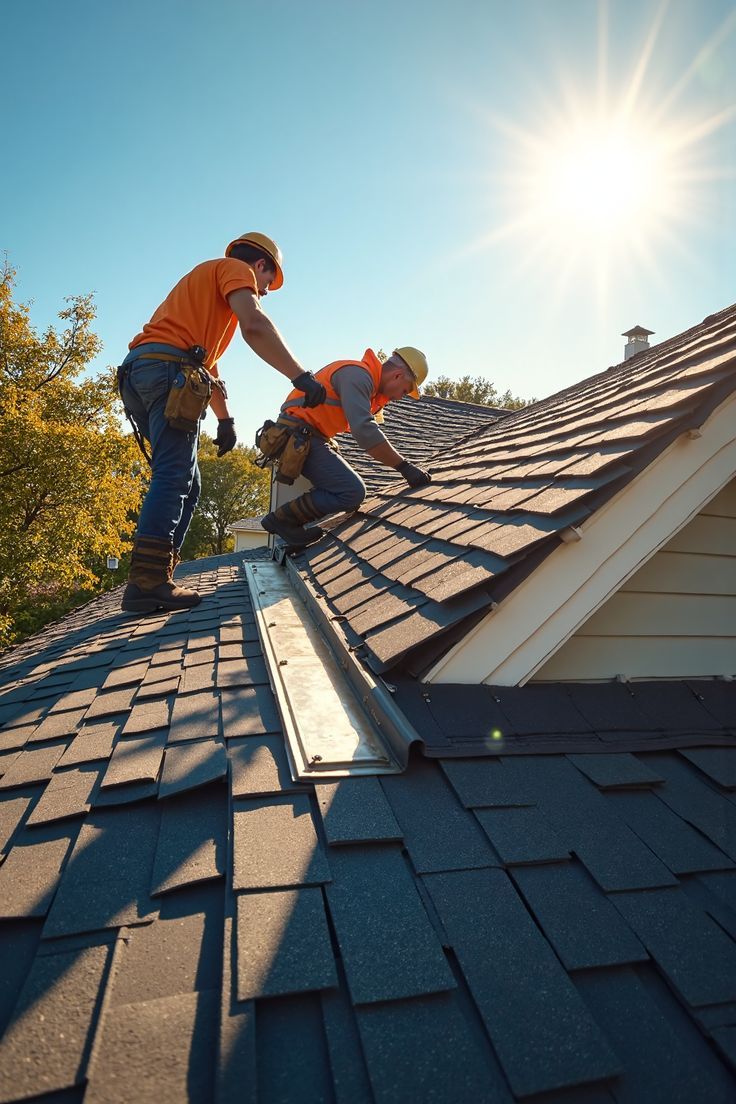Recognizing the signs of roof flashing damage is crucial. By paying attention to specific indicators, you can prevent more serious issues in the future.
Visible Rust or Corrosion
Rust or corrosion on the roof flashing can indicate a significant problem. You should regularly inspect flashing around chimneys, vents, and walls for signs of rust. If flashing looks discolored or has dark patches, it is likely starting to corrode.
Corroded metal can lead to leaks, which may cause water damage inside the home. Repairing or replacing rusted flashing quickly is essential to preserve the roof's integrity. If you notice excessive rust, it’s time to call a professional for an assessment.
Water Stains on Interior Ceilings
Water stains on the ceilings inside your homes are often a clear sign of roof flashing issues. If you see yellow or brown patches, it indicates that water is seeping through the roof. This usually happens when flashing is damaged or improperly installed.
It's essential to monitor these stains closely. They can worsen with time, leading to mold growth and structural issues inside your homes. You must address any stains promptly by investigating the source and repairing the flashing as needed.
Deteriorated Seals and Caulking
Deterioration of seals and caulking around the roof can be another warning sign. Over time, weathering can cause these materials to crack or peel. If you notice gaps or crumbling caulk, it's important to rectify this.
Damaged seals fail to keep water out, leading to leaks. You should regularly check these areas, especially after severe weather. Re-sealing or re-caulking is often a simple fix that can prevent more significant problems later on.





